THIS ARTICLE/PRESS RELEASE IS PAID FOR AND PRESENTED BY NTNU Norwegian University of Science and Technology - read more

The woman who hired pirates to block the medieval shipping trade in Norway, and other reasons why the country is so gender equal
Why does Norway always rank among the top countries on the planet when it comes to gender equality? Part of the answer lies in medieval times, when Norwegian women battled the Hanseatic League with pirates and threatened to burn down towns to wield their power.
It’s September 1455, and all Olav Nilsson wanted was time to confess his sins before his death at the hands of the Hanseatic League.
Nilsson was a governor in Bergen who had battled for years to try to shake off the Hansa’s stranglehold on trade. The Hanseatic League were the German traders who dominated Norway’s dried cod trade starting in the 1360s.
The history books don’t say if the Hansa granted Nilsson his dying wish. But we do know what happened next.
As was the custom, his daughter, Magdalena Olavsdatter, asked the League for compensation for the loss of her father. She spent decades arguing her case, without success.

In 1491, by then a widow, Magdalena decides she’s had enough. So she hires pirates. Enough pirates to cripple the shipping trade along the entire southern coast of Norway. Even the King can’t control her.
“No one protests that she’s a woman, that’s not the issue. The problem is that she’s doing it. And that the King is not able to stop it. So her gender is not really the issue here,” says Randi Bjørshol Wærdahl, a professor at NTNU’s Department of Classical Studies.
Soft power
Most of Norway’s progress towards gender equality happened in the late 19th and early 20th centuries, historians agree. Yet as early as the 12th century, Norwegian and Nordic women had a far more expansive set of rights than their southern counterparts.
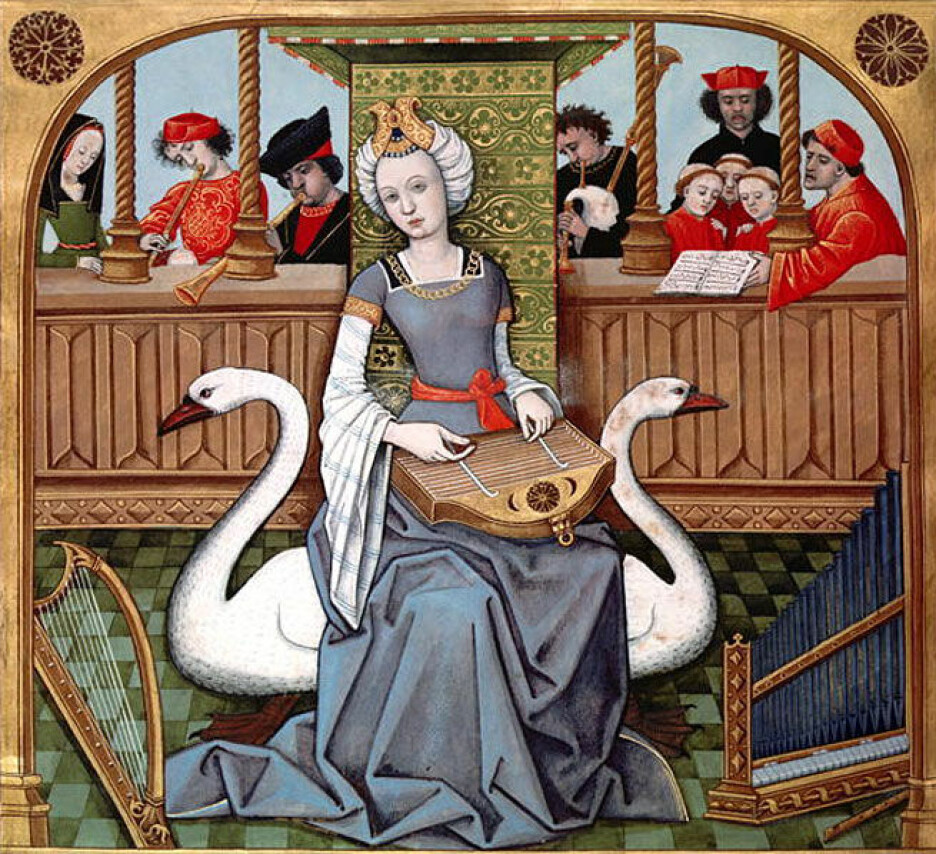
“In the Nordic Region, women did inherit property, which was not necessarily the case all over medieval Europe. So that’s perhaps the biggest thing that tells us that women perhaps had a better set of rights in the Nordic Region than they did in some other societies further south in Europe,” Wærdahl said.
“For instance, in the medieval Norwegian laws, at least from the 12th, 13th century, especially the national law code that was sanctioned in the 1270s, it said very clearly that women could inherit from their parents.”
And with inheritance, particularly the right to inherit and own land, came power. Noblewomen in particular, exercised what is called “soft power.”
While they themselves might not be able to directly control political or economic situations, these women had access to— and could influence — the men who were the decision makers, Wærdahl said.
Looking in the mirror
Sometimes medieval women would also take matters into their own hands, like Magdalena Olavsdatter, or another Norwegian woman from the 1500s, Othilia Ottarsdatter.
Othilia was married to a powerful man who was waging war on towns in southern Norway. In one case, the political elite from a town called Sarpsborg came to negotiate with Othilia to see if they could persuade her to stop her husband from burning their town down. Wærdahl found a document from the period that described what happened next.
“According to the burghers of Sarpsborg, she told them that ‘When I look in a mirror, I see Marstrand burning behind me’. And Marstrand was another town that they had burned down earlier in this conflict,” Wærdahl said.
“So she threatened them. There was no way they would get anything from her.”
Farmers’ wives
For a variety of reasons, Norwegian women began to lose rights starting around the last part of 16th century, Wærdahl said.
“There is steady, not an increase in women’s rights, but rather a downward line for a while. And then you arrive at the 19th century where married women’s economic agency was much more restricted than it was in the high medieval and late medieval period,” she said.

Yet especially starting in the 1800s, Norway’s agrarian roots helped turn this trend around, says Kari Melby, a historian and professor emerita from NTNU’s Department of Interdisciplinary Studies of Culture.
“If I were to point to one very important explanation, it would be to underscore the strong agrarian tradition, to recognize the work that was done in the household,” she said.
“You can think of a farming society in the 1800s, you couldn’t survive, women made food for all the farm workers and for the family of course, made clothes, gave birth, raised children and the next generation, took care of the elderly and the sick.”
Virtually all European countries were reliant on agriculture during this period, but Norway’s particular situation — an extremely mountainous country that was cold and wet — made farming much more challenging than elsewhere.
That meant a lot when it came to valuing women’s contributions to the household economy, Melby said.
The union with Sweden
The agrarian tradition on its own, however, probably wouldn’t have been enough to catapult Norway to the top of the class when it comes to gender equality.
Instead, a quirk of history may have been a deciding factor.
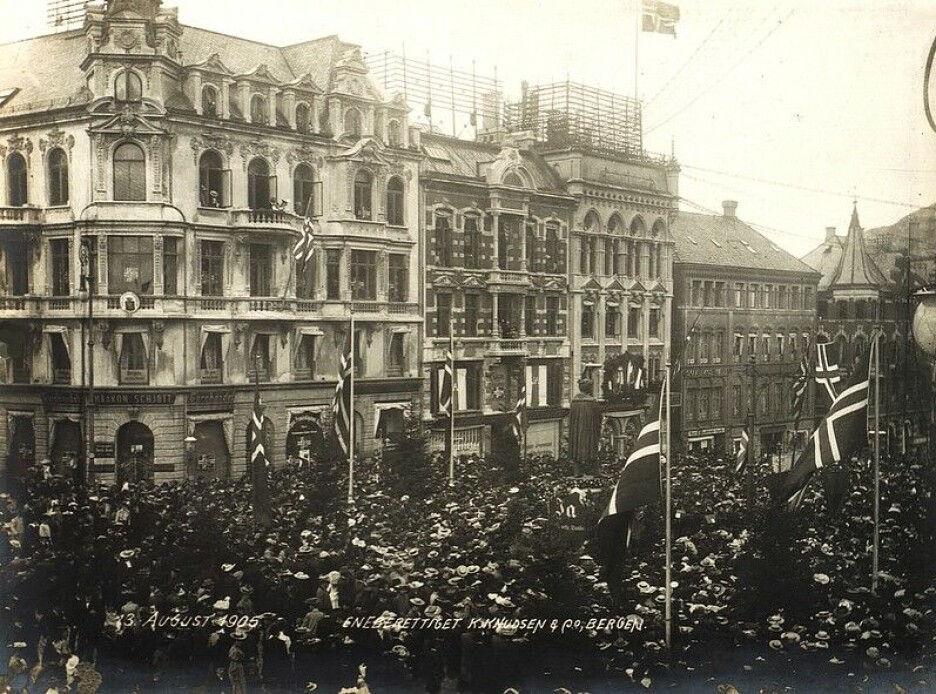
Norway was in a union with Denmark for roughly 400 years, starting in the late 1300s. When this hybrid country of Norway-Denmark was on the losing side of the French Revolutionary Wars in 1814, Denmark handed Norway off to Sweden.
Norway’s response to being treated like a prized possession was to write its own broad-reaching constitution. But this was actually very bad news for women, Melby said.
“Norway got a very forward thinking and modern Constitution in 1814, a liberal law. And in that political system, early on in democratization, women were closed out,” she said “We had no political rights, we were not considered Norwegian citizens.”
That rebuff — the fact that Norwegian women weren’t even considered citizens — pushed women to organize. They created and joined volunteer organizations, which when the time came, allowed them to mobilize around voting rights.
A woman on a bicycle
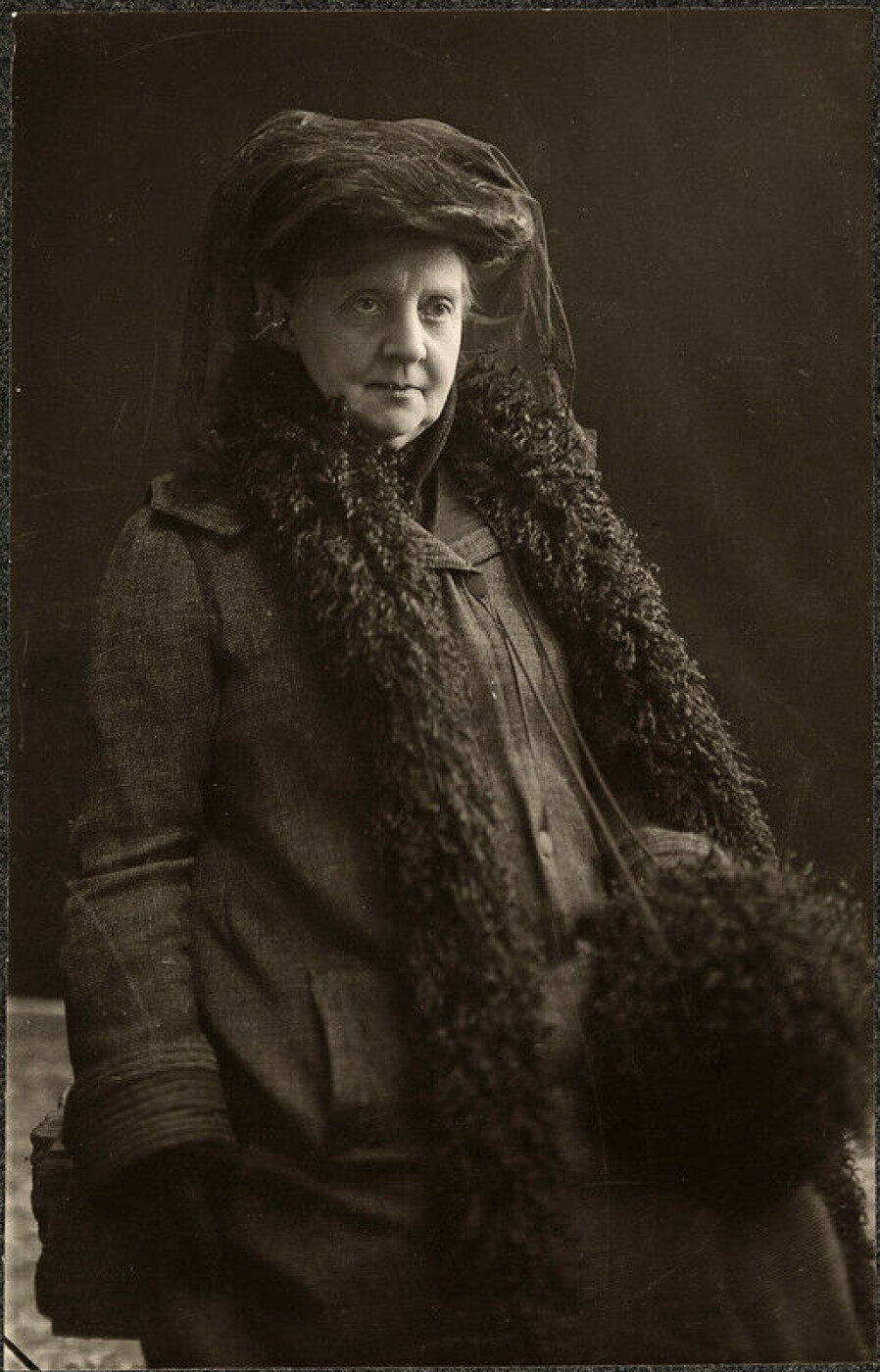
Melby can list a number of women pioneers in the modern battle for gender equality, but among the standouts was Fredrikke Marie Qvam. She started the Norske Kvinners Sanitetsforening (NKSF), the Norwegian Women’s Public Health Association, in 1896.
“The fight between Norway and Sweden over the union had intensified until the union was dissolved in 1905, but there were threats of war, there was unrest on the border, so the NKSF was founded. This organization had a lot of goals: it was to fight for women’s voting rights, prepare women and prepare materials in case there was a war with Sweden and it was to fight against tuberculosis,” Melby said.
When the referendum on union dissolution was ready for the vote in 1905, women were unsurprisingly unable to participate. So Qvam and her compatriots hopped on bicycles and collected women’s signatures on a petition saying that they supported union dissolution. They collected a whopping 300 000 signatures — this in a country with just over 2 million inhabitants.
“They demonstrated that they were politically engaged, and had the authority, in a way, that they wanted to be political individuals. What these women did in 1905 helped lay the ground for women’s full voting rights,” Melby said.
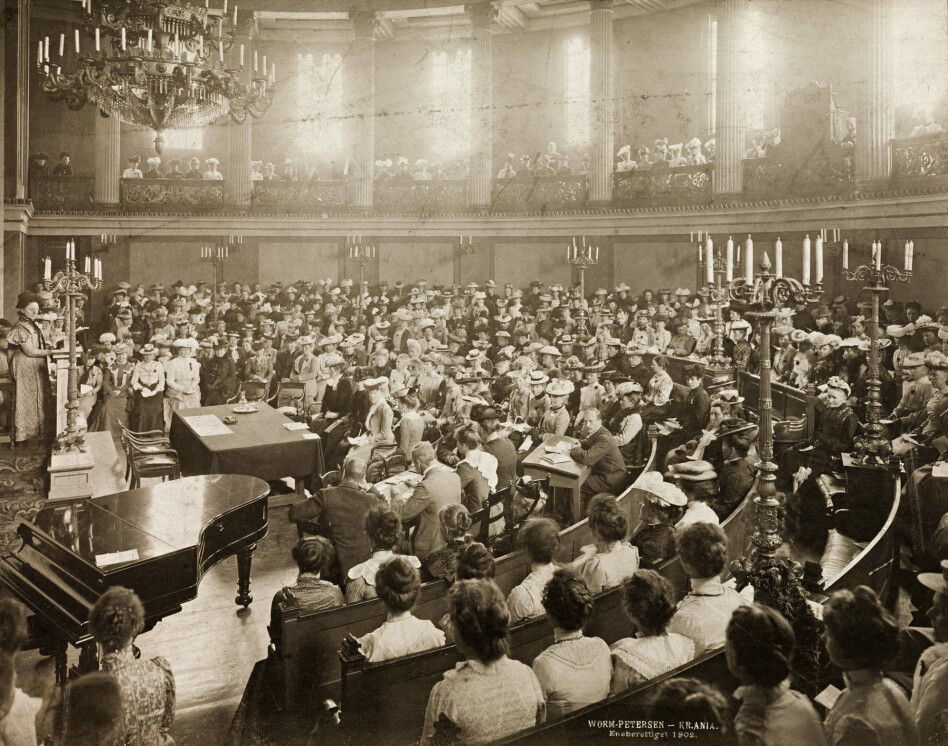
In 1913, Norway became the first independent nation to give women full voting rights.
Norwegian emigration and unmarried women
Voting rights are critically important. But full gender equality entails far more than that. Here, another historical event played a decisive role.

Between 1830 and 1920, 800 000 Norwegians, mainly men, left Norway for America and other countries. As a consequence, by the early 1900s, nearly 40 per cent of Norwegian women were unmarried. The men they might have wed were gone.
Politicians, both liberal and conservative, saw that this was a catastrophe in the making. If women weren’t allowed to work, how would unmarried women survive?
“Conservative men, not just liberal men, pushed for formal rights for unmarried women so they could provide for themselves. These were pushed by male politicians who saw that unmarried women needed to have the possibility to provide a decent living for themselves. So they pressed for reforms,” Melby said.
In addition to work-related reforms, politicians passed a liberal marriage law in 1927, which legally recognized the value of a woman’s work at home.

Baby boomers drive welfare state
At the end of the Second World War, Norway, like most Western countries, experienced a baby boom. The expectation at the time was that women would stay home to care for the kids.
But by the 1960s, Norway began to experience huge labour shortages.
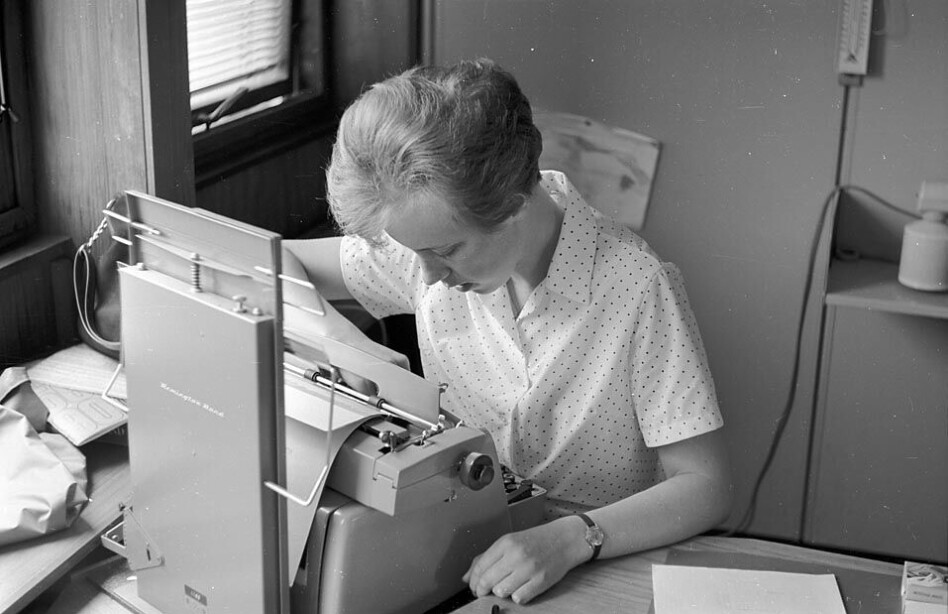
Politicians did all they could to try to entice mothers to join the workforce, but it wasn’t until 1975, when the government enacted a law providing childcare for young children, that women were truly free to work outside the home.
These days, Norway’s liberal parental leave laws, including nearly a year of fully paid leave for mothers and generous paid leave for fathers, help level the playing field when it comes to gender equality and balancing the demands of work and family.
Marie-Laure Olivier, administrative leader for the Centre of Excellence Pore Lab in NTNU’s Department of Physics, came to Norway from France in 1996. She has first-hand experience of how Norway’s attitude towards gender has help shaped a more welcoming workplace and home life for women.
“My experience is that it’s much easier to be a woman in Norway compared to France. France still has this patriarchal culture. Norway is much more advanced socially,” she said.
“I never, never experienced any discrimination (in Norway) due to the fact that I’m a woman. Absolutely never.”
Warnings from history
And what of Magdalena Olavsdatter?
Wærdahl says there are no documents to tell us if Magdalena ever succeeded in getting compensation from the Hanseatic League for her father’s death.
But when Wærdahl looks more broadly at the history of women and women’s rights in Norway, with their ups and downs over the centuries, she sees a clear message in the trends.
“We always think that when it comes to gender equality, things are moving in line towards something better, but it isn’t necessarily like that,” she said. The erosion of women’s rights beginning in the 16th century until the tide turned in the mid 1800s should serve as a warning, she said.
“You need to have the big picture to understand what has happened with women’s rights in Norway," she said. “I think you could use that history as proof that we should not take anything for granted.”
———
See more content from NTNU:
-
Are you more jealous of emotional or sexual infidelity?
-
More than 120,000 Norwegians suffer from work-related anxiety
-
Forever chemicals affect ducklings' genes while they are still in the egg
-
Why are pregnant women in Norway so worried?
-
Politics on Facebook: Populist parties choose divisive issues on purpose
-
Social media is connected to cyberbullying – but not how we thought





































